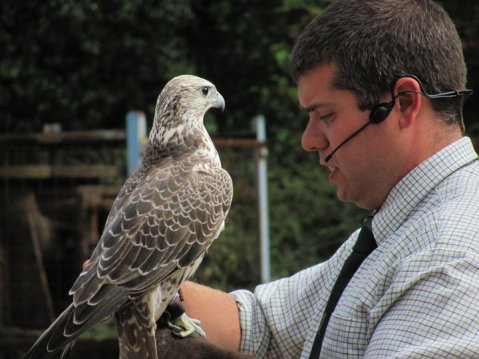The warehouse which holds the city’s historical wares
My name is Mariyam and I work as a Collections Support Officer at the Museum Collections Centre (often abbreviated as the MCC). The MCC is one of Birmingham Museum Trust’s sites and houses the reserve collections (those objects currently not on display) for all eight of our museums: Birmingham Museum and Art Gallery, ThinkTank Science Museum, Aston Hall, Blakesley Hall, Museum of the Jewellery Quarter, Sarehole Mill, Soho House and Weoley Castle. Our collections are so extensive that only a small proportion can ever be shown all at once.
When thinking of visiting Birmingham’s sites you can be forgiven for overlooking the large, unsightly, industrial warehouse that is the MCC. However it is within such an unexpected and inconspicuous venue that you can discover much of the city’s rich and notable heritage.
The store, which sits just outside the heart of the city centre, is immense in size, measuring 9000m2 across 3 floors, 4 stores and a vast warehouse space, which further contains 10 km of aisle upon aisle of storage racking.
With approximately 800,000 objects spanning over thousands of years and an enormous breadth of artefacts, artwork, textiles and taxidermy that come from all over the world (and from just down the road) the stores tell a million stories.
Since opening its doors to the public in 2006 the store has become one of largest most accessible collections centres in the UK. Not only providing a research facility for curators and academics but enabling a ‘behind the scenes’ look for community and school groups through a variety of talks, workshops and guided tours. We also hold special events such as our atmospheric Halloween Evening and two Open Days a year.
To make your own discoveries come along to our next open day taking place this Sunday 18th August from 11am – 5pm (last entry 4pm). The theme of this event is animals and nature and families will love our visitors from Animalmania, Hatton Bug Zoo and the Falconry Centre. For more information visit www.bmag.org.uk/events?id=2552.
Alternatively book yourself onto one of our afternoon tours (last Friday of every month) – for information on bookings and access to the site please contact: Louise.Alden@birminghammuseums.org.uk.
To keep up to date with the MCC you can follow us on Facebook and look out for future blogs about the work taking place at the MCC from the Collection Support Officer Team.
Mariyam Ali,
Collections Support Officer








